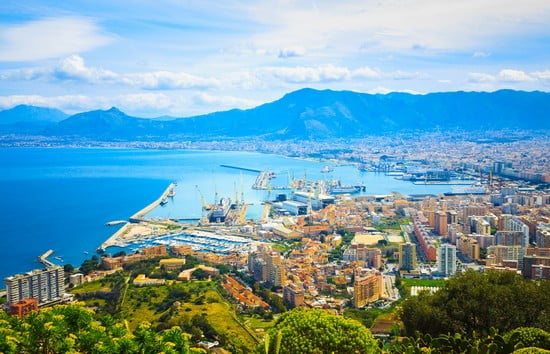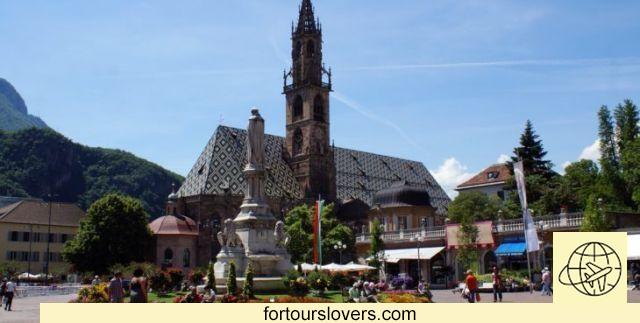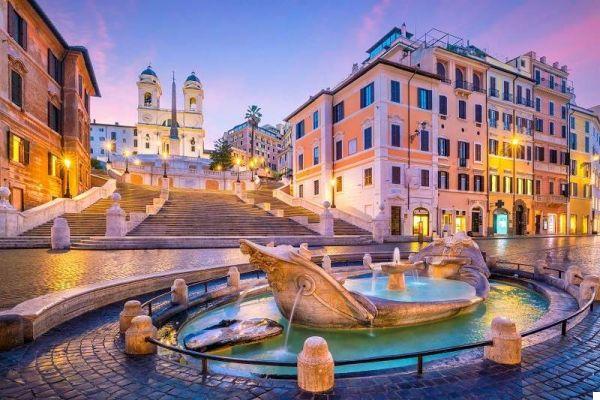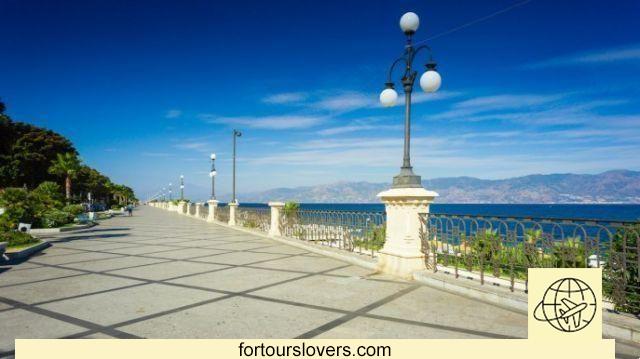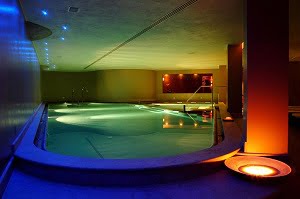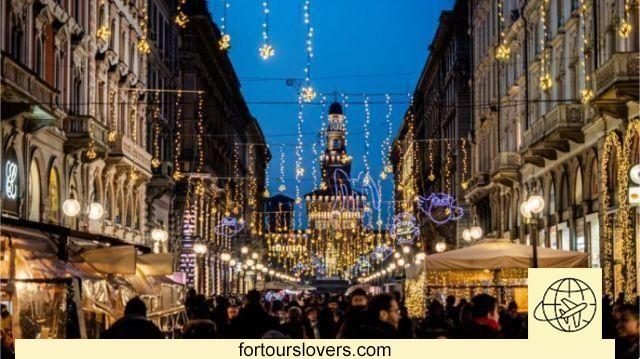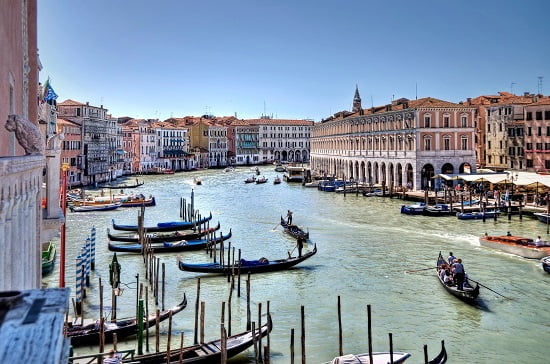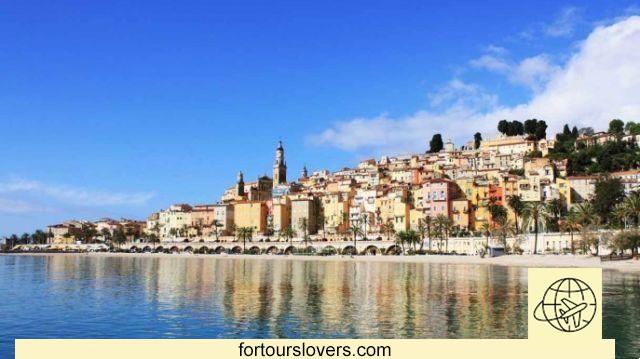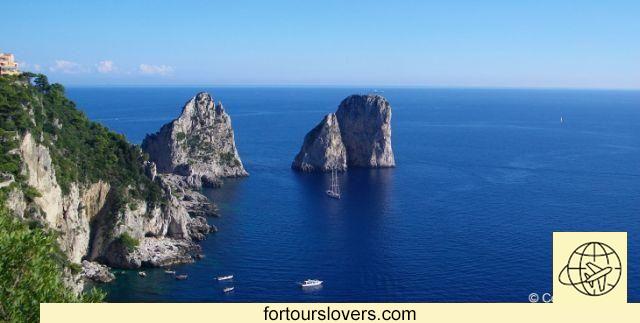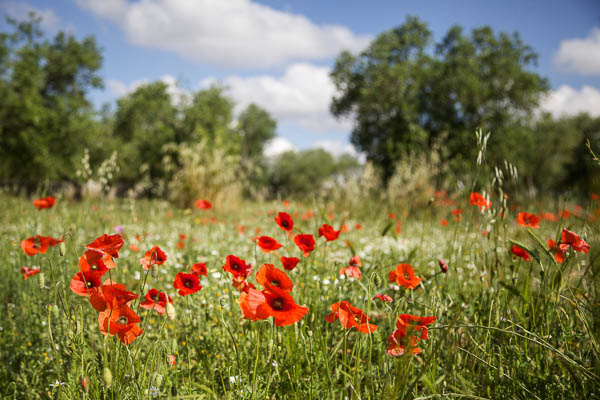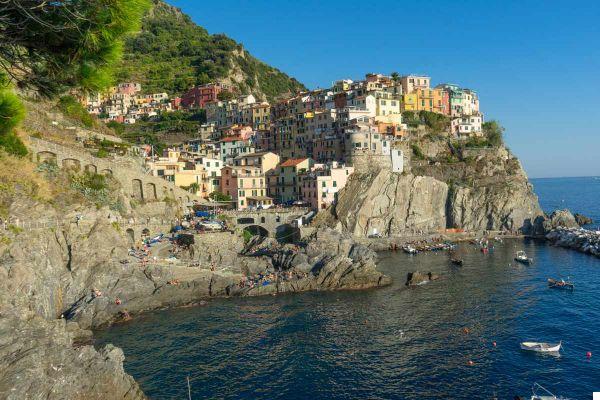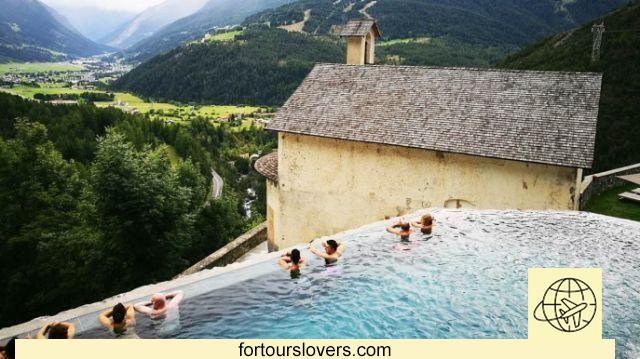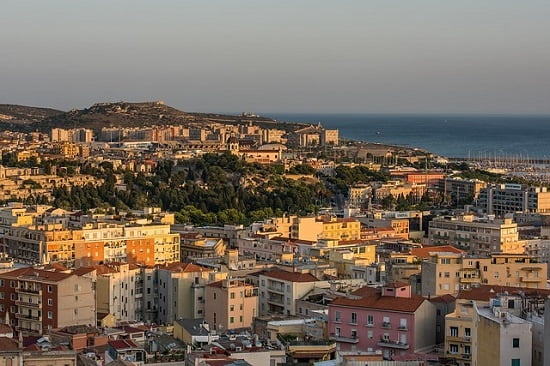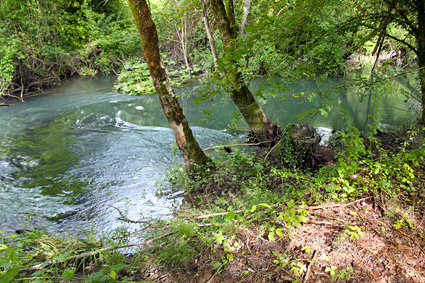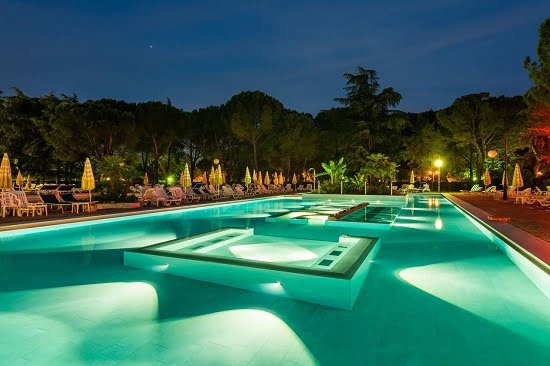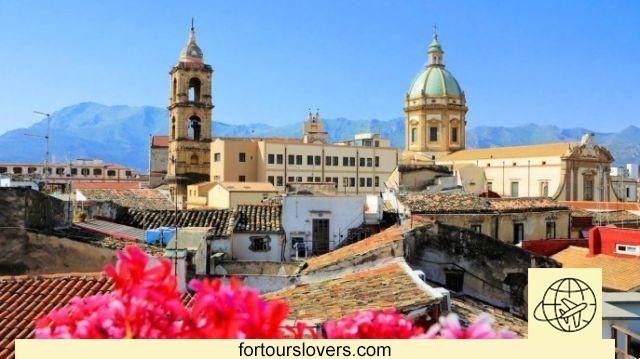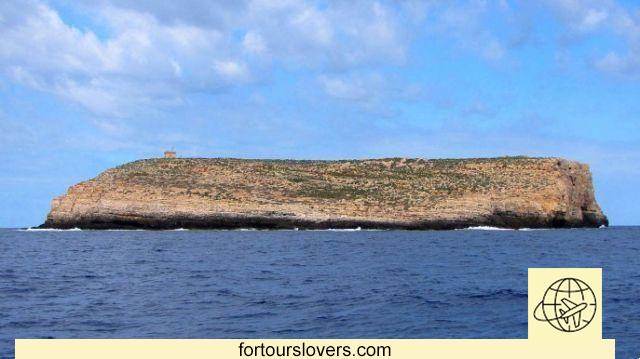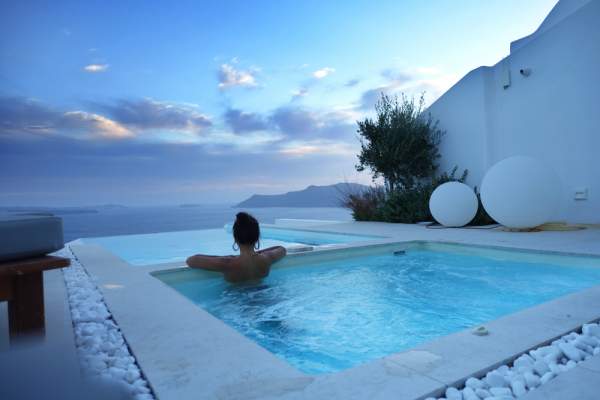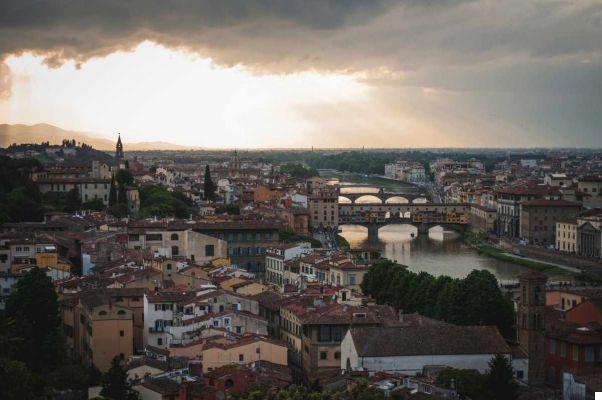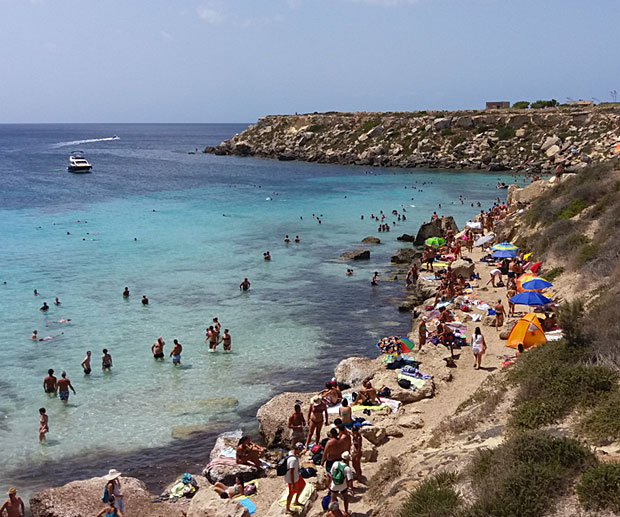Sicily is an ancient land, full of hidden wonders, a combination of history, a mild climate and tasty cuisine. Sicily is part of Italy, but like many parts of the country, it has its own identity.
The island represents the crossroads of different civilizations that have followed one another on the island and offers evidence of various eras such as Greek temples, Romanesque cathedrals and Baroque churches scattered throughout the territory.
Sicily, the largest island in the Mediterranean, separated from the toe of the Italian boot by the Strait of Messina, has a typically Mediterranean climate with dry, hot summers and mild winters that make it a good destination for travel and holidays all year round.
These are just some of the reasons that make it such a popular tourist destination, in addition to the diversity of landscapes, the turquoise sea, its beautiful seaside resorts and the rich cultural heritage it possesses. Without forgetting the presence of two active volcanoes that can be climbed: Etna and Stromboli.
What see:
Palermo: it is a lively city. Included in the maze of old neighborhoods are marvels such as the mosaics of the Palatine Chapel, the dazzling stucco of the Oratorio del Rosario, Palazzo Gangi, the picturesque harbor area and the bustling Vucciria market.
Segesta: the remains of the ancient city of Segesta are among the most beautiful in Sicily. The 4.000-seat theater, dug into the Barbaro mountain, integrates with the gentle hilly landscapes.
Cefalù: Medieval village and fishing port on the edge of the Tyrrhenian Sea, Cefalù is also a much sought after seaside resort for its long strip of white sand. The old medina of the city with its XNUMXth century Cathedral and the cobbled streets that lead up to the foot of the great Rocca, has an incomparable charm.
Syracuse: its cultural essence is the island of Ortigia, a real jewel, where you can visit numerous medieval buildings and baroque palaces. A bridge connects it to the mainland, where you can visit the Greek Theater and the ancient stone quarries used as a prison. Do not miss the beautiful archaeological park.
Agrigento and the Valley of the Temples: among almond and pistachio trees, the site of the Valley of the Temples is dotted with ancient treasures, including the Temple of Juno and the Temple of Castor and Pollux. While from the ramparts you can enjoy a splendid view of the sea.
Taormina: clinging to the side of Mount Etna, Taormina is a beautiful city, perched at 204 m on a plateau that drops sheer to the sea. Before relaxing on one of the many terraces, in the shade of palm trees and oleanders, you need to discover the Greek theater. Do not miss the sunset on Mount Etna and Isola Bella.
Etna: it is the largest volcano in Europe and the most active, currently averaging one eruption every three years. You can take tours by car, train or on foot to cross its slopes furrowed by lava. The mountain is surrounded by charming villages.
The Aeolian Islands: are a group of seventeen islands seven of which are inhabited. Their peaceful atmosphere, clear waters and sandy beaches are the delight of every tourist.
Like many destinations on the Mediterranean, Sicily will prove to be much more pleasant to discover in autumn or spring, due to its mild climate in these periods, but also due to the absence of mass tourism encountered during the summer, especially on the coasts.
